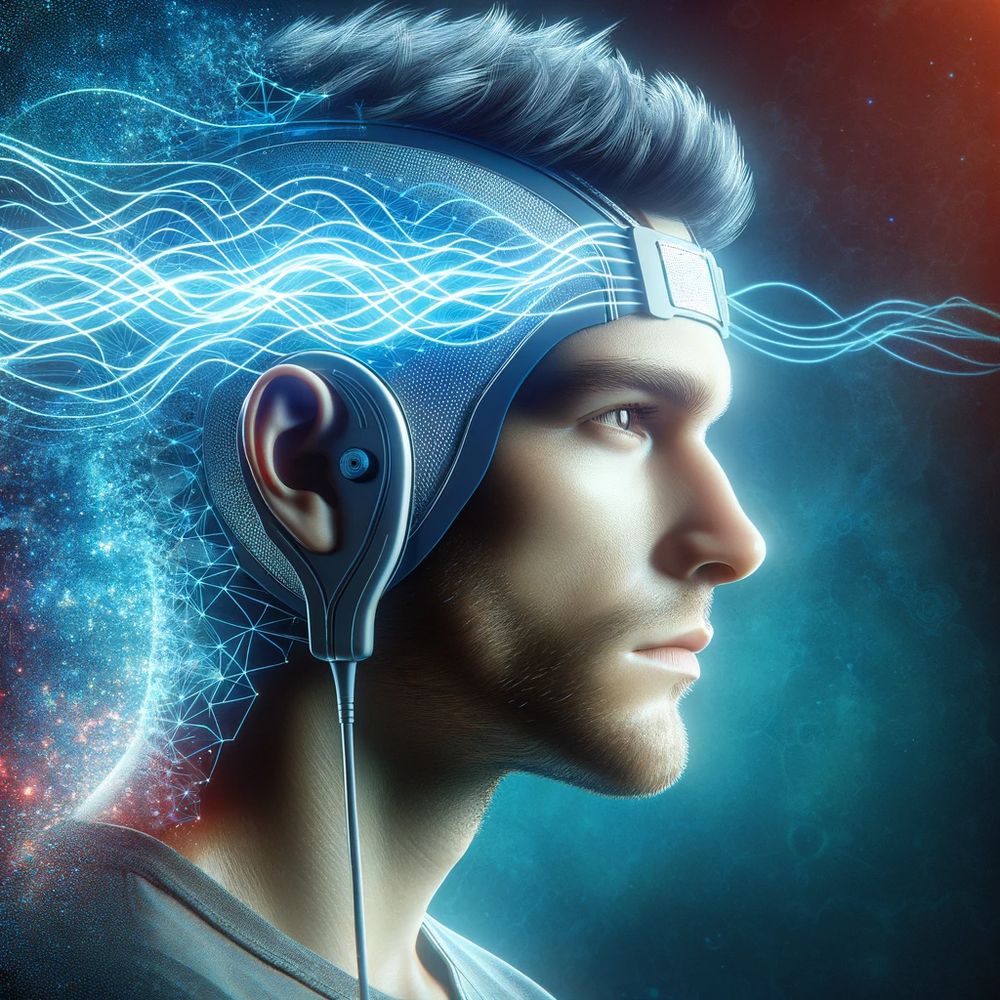qEEG functions by applying small sensors on the head to record brain signals. These electrodes detect neural impulses produced by nerve cells, the cells in the cerebrum that interact with each other. The data collected is then analyzed and presented as a set of waveforms. Each kind of neural wave—such as alpha, β, δ, and θ—relates to various mental conditions and functions. For example, alpha waves are often linked with calmness, while beta oscillations are associated to active thinking and issue resolution. By examining these trends, healthcare providers can detect irregularities that may suggest mental health issues.

One of the major advantages of qEEG is its capability to provide objective data. In contrast to conventional assessments that rely on subjective accounts from clients, qEEG offers a clear view of neural activity. This clarity can assist reduce biases in diagnosis and result to more precise treatment plans. For instance, if a client is facing stress, qEEG can show particular trends of brain activity that are associated with stress conditions. This information enables mental health professionals to tailor treatments more efficiently, whether it be through counseling, pharmaceuticals, or alternative treatments.
Moreover, qEEG can be particularly useful see page in tracking intervention progress. By conducting qEEG assessments at various stages during treatment, healthcare providers can monitor variations in neural function over time. This ongoing evaluation assists ascertain if a intervention is working or if modifications are required. For instance, if a client is not reacting to a specific treatment, qEEG may indicate that their neural activity has not changed in a way that indicates improvement. This feedback loop can lead to more personalized and effective mental health care.
In conclusion, qEEG brain mapping is a powerful tool in the field of mental health assessment. By providing objective data about brain function, it enhances the understanding of various mental health conditions. This technique not only aids in precise assessment but also assists in tracking intervention effectiveness. As mental health professionals continue to explore the potential of qEEG, it holds promise for improving the well-being of people dealing with psychological health issues. With continuous investigation and progress in techniques, the secrets of the brain may become clearer, leading to better outcomes for those in requirement of assistance.